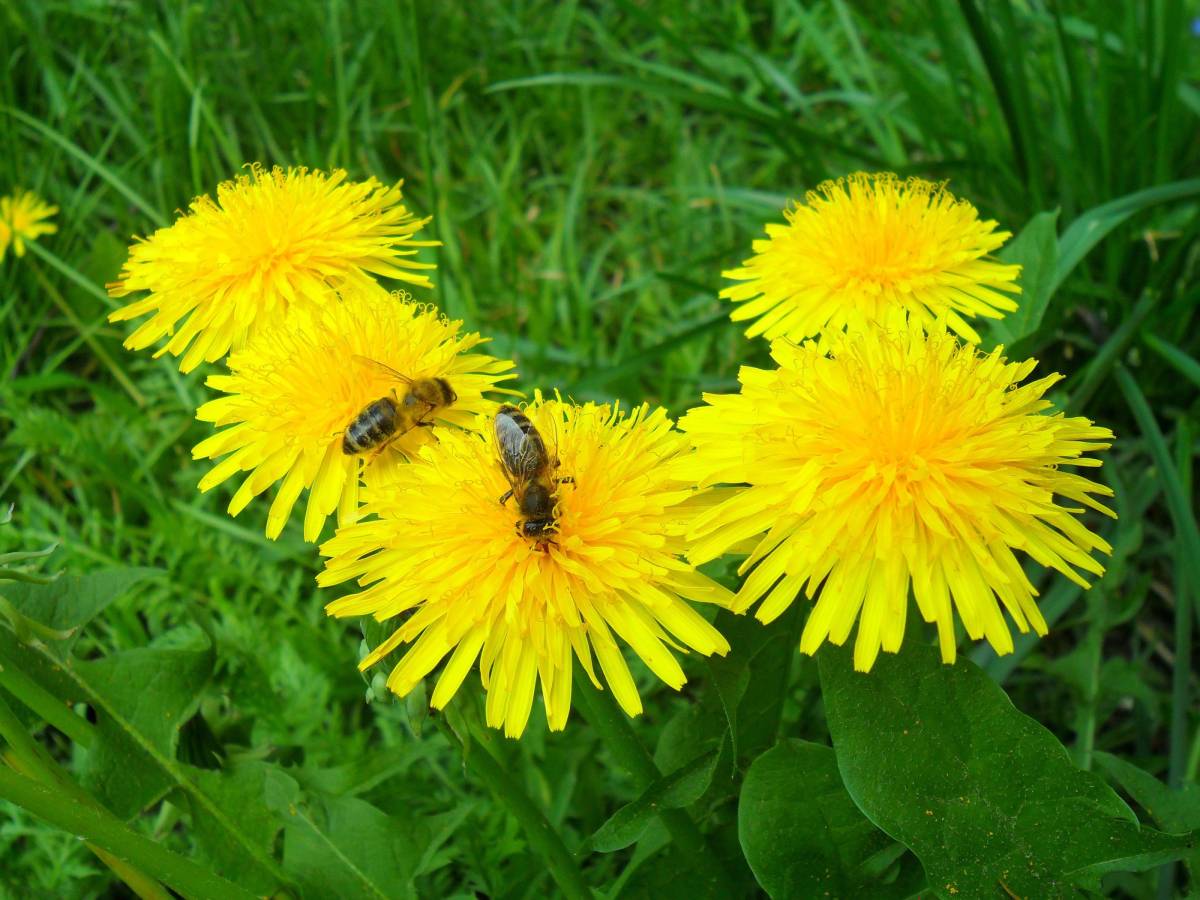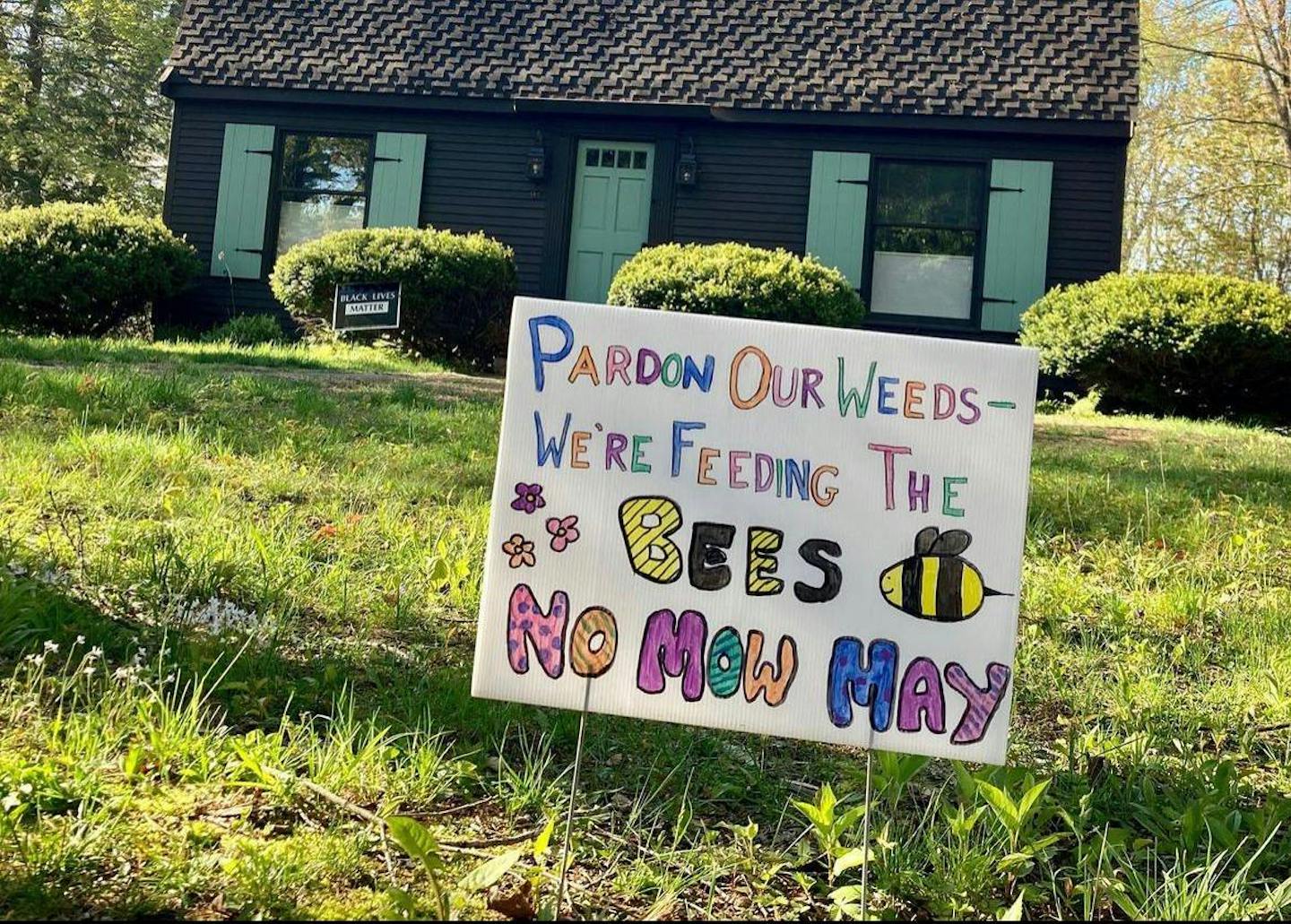No Mow May: A movement to help save essential pollinators
There is a simple way to help save essential pollinators like bees, butterflies, and moths this spring: do nothing.
Rather than revving up the lawnmower at first sight of growing grass, join No Mow May. This seemingly simple act of refraining from cutting one’s lawn for a month is now a worldwide movement that has the potential to make a significant impact on the environment and in mitigating the effects of climate change.
The history of No Mow May
No Mow May was started by a group of environmentalists in the UK. Members of the organization Plantlife were concerned about the impacts of lawn mowing as it wastes precious resources like water, uses fossil fuels, and contributes to the decline of pollinator populations.
The movement gained traction in 2020 during the COVID-19 pandemic quarantine. With more time spent at home, people began to notice the beauty of their lawns when left unmowed.
As experiences were shared on social media, No Mow May quickly became a trend. Over 430 residents of Appleton, Wisconsin, participated and even convinced their City Council to suspend the town’s weed ordinance for the month.

Creating a haven for pollinators
Pollinators like bees and butterflies play a critical role in our ecosystem. They are responsible for pollinating over one hundred eighty thousand different plant species and more than 1,200 crops. One out of every three bites of food is there because of pollinators.
Yet, their populations have been in decline in recent years due to a variety of factors, including habitat loss, pesticide use, and climate change.
By not cutting lawns in May, a haven is created for pollinators as wildflowers and other plants grow, providing them with food and habitat. This can help to boost their populations and ensure the long-term survival of these crucial species.
.jpg)
Letting the grass grow helps the planet
Lawns cover 40 million acres, or two percent of land in the US, making them the single largest irrigated crop. They are mowed, raked, fertilized, weeded, chemically treated, and watered, all of which suck up time, money, and other resources.
Grass-only lawns also lack floral diversity and nesting sites for bees, and are often treated with pesticides that harm other invertebrates and even people. By allowing lawns to go wild, biodiversity flourishes, chemical use is reduced, and time can be spent enjoying nature, not hacking it down.
Ultimately, No Mow May aids in the climate crisis by helping sequester carbon. Plants absorb carbon dioxide from the atmosphere through photosynthesis. Letting grasses grow creates more plant biomass, which in turn can help to reduce the amount of greenhouse gases in the atmosphere.
No Mow May is simply the act of letting nature be nature and giving people back the time they would otherwise be doing a chore. Like the pollinators it protects, such a small act can have a massive impact on the environment.



